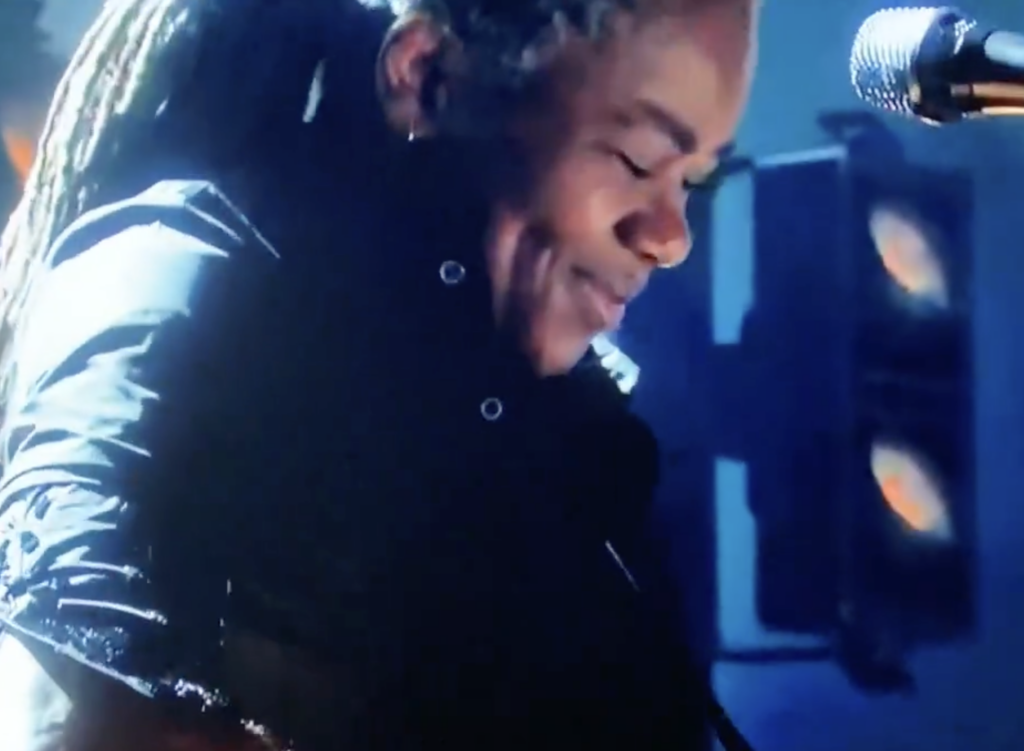The living Great American Songbook

I enjoyed Lindsay Zoladz’s critical appreciation of Tracy Chapman’s performance with Luke Combs at the Grammys last night:
When a beloved artist who has not performed live in some time returns to the stage, we often expect them to appear fragile, unsteady, ill at ease. But during Sunday night’s Grammy Awards, when the camera first pulled back from a tight shot of a woman’s fingers picking a familiar riff on an acoustic guitar and revealed the face of the great, elusive folk singer Tracy Chapman, what you noticed was the joy radiating from her face. Her contented smile. The unwavering tone and rich steadiness of her voice.
It was a genuine moment of warmth and unity, the sort seldom offered these days by televised award shows — or televised anything, really. Singing her rousing 1988 hit “Fast Car” live for the first time in years, duetting with the country star Luke Combs — whose faithful cover of the song was one of last year’s defining hits — and taking in the rapturous applause of her musical peers, Chapman gave off the feeling, in the words of her timeless song, that she belonged.
Thirty-five years ago, at the 1989 Grammy Awards, Chapman stood alone onstage and performed a wrenching rendition of “Fast Car” accompanied by only her own acoustic guitar.
What made Sunday night’s performance feel different wasn’t just the time that had passed, or the gray hair that now elegantly frames Chapman’s face. It was the presence of Combs, born a year after that Grammy performance, regarding Chapman with an awe-struck reverence. He seemed to be a stand-in for the many, many people over the years — of all races, genders and generations — who have heard their deepest desires reflected in this song and wished to pay Chapman their gratitude.
They traded a few lines and harmonized beautifully on the chorus — her tone opalescent, his bringing some grit — but Combs never overshadowed Chapman. He knew that in that moment, no one could. Something about the way he looked at her said it all: His eyes shone with irrepressible respect. Here was a grown man, an assured performer who sells out stadiums, visibly trembling before the sight and the sound of the folk singer Tracy Chapman.
When a cover of a famous song becomes a hit decades after the original was released, it usually requires a stylistic reboot to resonate with a new generation. But the appeal of Combs’s version, which reached No. 2 on the Billboard Hot 100, came from how closely it hewed to Chapman’s recording. Combs gave the rhythm section a little more arena-rock oomph and added a slight country twang to his phrasing, but that’s really it. It’s a cliché to call a song “timeless,” but here was proof: “Fast Car” did not need any major souping-up to become a hit once again, more than three decades after it was first released.
What makes a song into a generation-and-demographic-transcending standard is ultimately indeed for reasons we can’t comprehend or codify. But as the art critic Potter Stewart observed you know it when you see it, albeit not necessarily with that level of clarity.


